Having a well planned out interview process is the most blissful thing for any interviewer. Going into an interview blindly just makes everything all the more harder to carry out. Not knowing the line of questioning or what the subject is all about can be an absolute nightmare for just about anyone. In this blog, I’m going to share what I consider the three basic parts of any interview but in particular oral history interview. These three areas include what to do before, during and after an interview. Proper planning helps to maximize on the time spent with the interviewee. Sometimes it is hard to fit in an entire research question portfolio into a certain amount of time, but planning it out will enable you as an interviewer, not only to gather relevant information, but in a manner that is well organized.
Before the Interview
Read up on the Subject

The more you know about your subject the better your interview will be. Doing some research ahead of time on your subject is helpful in conducting a smooth interview. It will also help you engage better with the subject. Information that would be good to read up on would be old historic events in the subject’s life, names, and ages. Having a good background study will allow you ask more informed questions; this will also allow you to raise questions that the subject will not be hesitant to get into.
Drawing up an outline of the Interview

Having a proper outline of the flow of your interview is really a time saver. You may not follow it exactly but it helps provide the blue print. This also helps prevent indulging too much in other topics other than the important area of study. It also gives a sense that you as the interviewer value the time of the subject being interviewed.
Send the Interviewee the Outline Ahead of Time

Share an outline with the interviewee ahead of time so that they can see what questions are expected of them. But also, it would be wise not to share all the questions with them as it removes the spontaneity of the interview. In this case, the interviewer must also be considerate and not leave out questions that might hurt or cause harm to the subject.
Communicate the Time and Date of the Interview
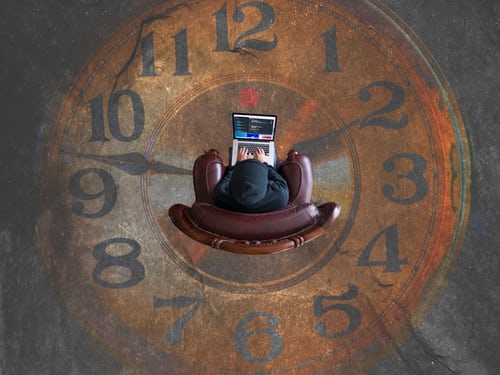
We all know that time is a precious factor of life, and for someone to carve out a sometime of their day might be a bit of a hectic thing for them. Communicating to the interviewee ahead of time to book an interview with them is ideal as it helps them plan out and set a date with you that they are comfortable with. The interview needs to be set according to their schedule, but sometimes they (interviewee) are free enough to have a date set according to your schedule.
Recording and Equipment
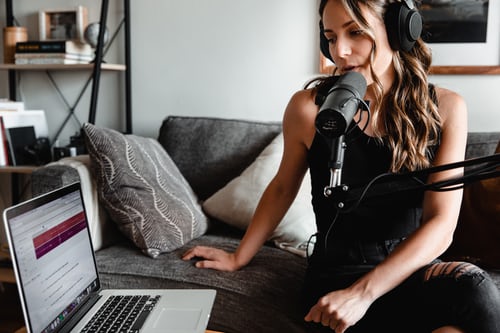
If you are going to be doing several interviews and you intend them to be handed down to your children or grandchildren or even for future references to support studies, recording them is the safest way to ensure they are preserved. Investing in recording equipment is key as it gives you clear sound and imaging. Some of these devices are very affordable and on a budget one can buy a good one. Three top recorders I would recommend to any oral historian looking to gather oral history include the Sony ICD-UX570, Sony ICD-PX470, and a Zoom H1n. These are just a few that I’m familiar with.
Having a recorder while conducting an interview saves time on having to write notes word for word and also causes less distractions. It also allows you to listen back and fill in blanks. Transcripts can also be produced from the recordings.
Once you have decided on your equipment and recording sound or video devices, test them out, learn more about them and see if they fit your purposes. Learn also how to troubleshoot if they crash on you or their use doesn’t go according to plan.
During the Interview
Confidentiality Agreement

Now while this may not apply to all interviewees, some might require that the information they share is confidential and require no personal identifiers to be used. It is the obligation of the interviewer to ensure that this is respected. The interviewer can also insist that each interview be between you and the one person being interviewed. If you have a third person in the room, what will happen is you will have two people’s agree-upon version of reality in which individual experiences do not emerge as clearly and viewpoints that do not fit and the shared reality doesn’t get aired.
Interrupting the Interviewee
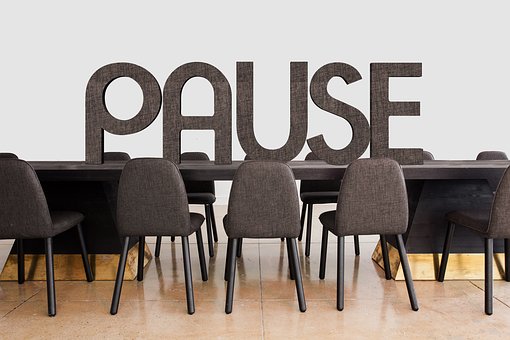
When an interviewee starts talking you should try and avoid interrupting them. Interruptions interfere with their train of thought; it breaks their concentration and you may never hear what they have to say. So just like that, a moment that could have contributed greatly to their narrative would be gone with the wind. But that’s not to say you cannot interrupt occasionally. Sometimes you may get a rambling interviewee who may go off topic, this might require you to jump in and bring the conversation back to where it serves the purpose of interview.
Capture the Experience at Length
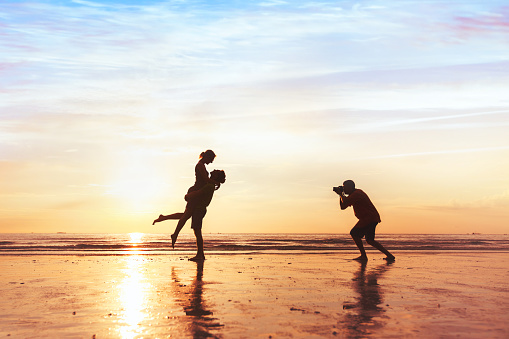
Open your topics with a large question, that allows you to capture their experience at length. Questions that begin with “Tell me about . . .” or “Can you describe . . .” are effective ways of stimulating the interviewee’s memory and allowing them to generate their own story rather than simply responding to the predetermined forms that you lay out. What you are after is the narrative, the story of the interviewee that explains their experience, not just facts and opinions.
Yes and no questions are useful when you want to clarify on certain points, like “are you an only child?” or “You bought the house?” Yes or no questions should also be avoided as they do not generate full rich gathering of data. Leading questions should also be avoided, such as “Do you think …” as they have limited number of answers and block the interviewee from giving their full experience at length.
Be Open to Hearing Sensitive and Negative Experiences.

Let’s face it, some oral history narratives are not all rosey. It might be tough on the interviewee to sit through an entire session as they share moments from their past that maybe daunting. As an interviewer these are areas that you must learn how to give the interviewee a moment to relax and take their time speaking on the narrative. It is your attentiveness and willingness to take the interviewee’s feelings and experiences seriously that enables that thoughtful reflection.
When it comes to sensitive information it might also be important for the interviewer to set a comfortable environment for the interviewee, having them more relaxed allows them to open up to you. If possible, instead of suddenly springing the big taboo topic late in the interview, try to build up to it by discussing matters that are less threatening but related to it early on.
Conduct the Interview in a quiet place.
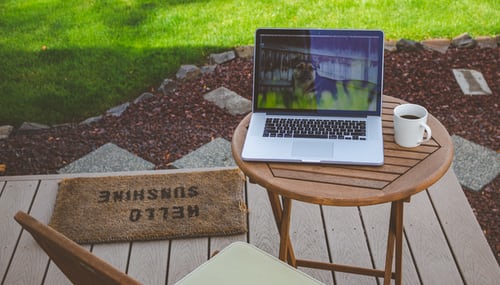
Try not to record in a place that is busy or noisy as this gets captured in the recording hard to which makes it hard to listen to afterwards. For a proper interview experience, it is necessary to pick an environment that is quiet and serene. It maybe hard to believe but sometimes small sounds get captured by the recorder that you may not notice as an interviewer. So, it is advised to do a test run of the interview and play it back to listen for any distinct annoying sounds that may not have been caught before.
After the Interview
Develop a Filing System
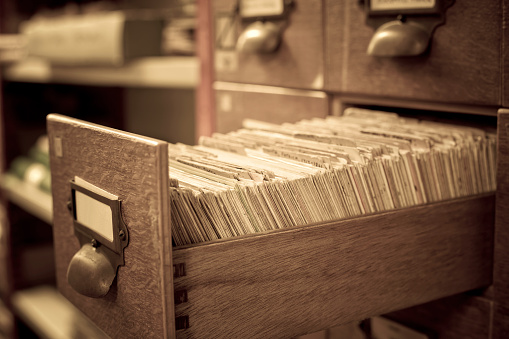
Develop a filing system in which you will label your interviewees. If you are doing several interviews, labeling them would be the best way for future references, otherwise you would have to listen to them one by one to know which is which. Also, so that nothing gets misplaced.
Have a Backup for your Recordings
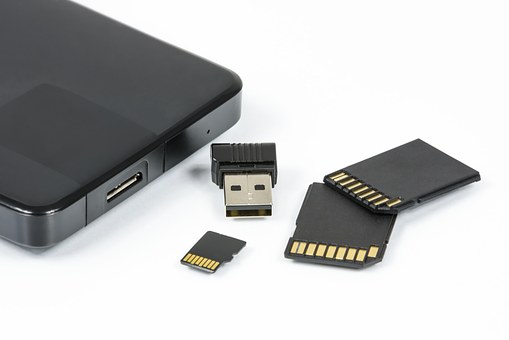
Having one audio recordings is not ideal, as anything may happen to it. As much as you may have labeled it and set it in a safe place, it may just get destroyed or get lost or your computer may crash. So, backing up your recordings in several places is recommended as it stores it for future generations to come.
Transcribing the Audio or Video Recording
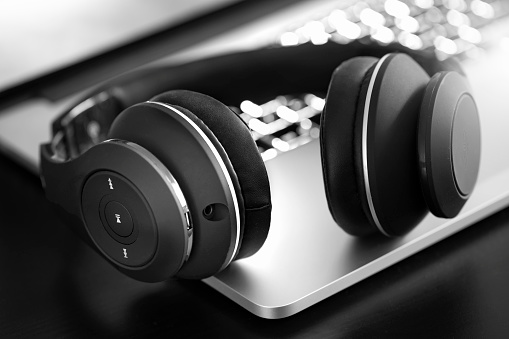
Raw data recordings can be used as a source of data to oral historians. The data can be used to write books, for documentaries, or just for general research purposes. For this to happen the raw data can be transcribed to serve these purposes. Later generations or oral historians, can read these documents and refer to them in their research studies. Sometimes the interviewee might ask for a copy of the transcript to see if they are okay with the final document. So, printing out multiple copies for your interviewees might be needed.
Conclusion
I have shared what I consider to be three points in the interview process that are vital to consider when setting up an interview, I do hope it has been helpful. Please leave a comment, suggestion or any questions that you may have. If you’re an oral historian, researcher or have audios that you’d love to have transcribed feel free to contact us as well.
Be on the look out for my next blog on Sources of Oral History
One response to “3 Basic Areas to Consider while Conducting an Oral History Interview”
[…] it for my blog this week, look out for my blog on 3 Basic Areas to Consider while Conducting an Oral History Interview and also feel free contact us on and we would love to transcribe your oral transcript audios. Also […]